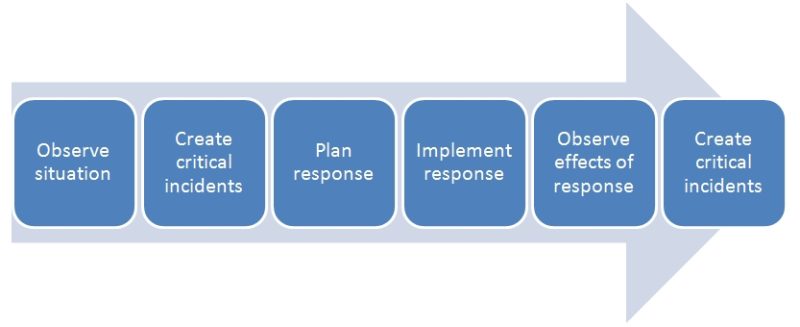 Often, teachers who are new to the profession struggle to identify situations that should be used for deeper reflections. Tripp’s (1993) approach to learning is via what he considers “critical incidents” that come out of observations of what happens in classrooms.
Often, teachers who are new to the profession struggle to identify situations that should be used for deeper reflections. Tripp’s (1993) approach to learning is via what he considers “critical incidents” that come out of observations of what happens in classrooms.
A critical incident does not need to be a serious or dangerous event; rather “critical” is to be interpreted as relevant or important. For example, when your students regularly struggle to get started on their tasks in lessons after lunchtime, then this could be a “critical incident” that would require more in-depth reflections.
At this stage, literature or peers or the four lenses according to Brookfield may be very helpful as you would get a clearer picture of what happens and why.
Once, the situation has been analysed you can plan for a response or a strategy. In the above example this could be offering students five minutes of silent reading to help them settle and calm down after having played football during the lunch break. The next stages are to implement this response and observe the effects of the response, which naturally and automatically leads back to the first stage of observing the situation and creating critical incidents.
Above, the incident related to a greater number of pupils, but critical incidents could also only refer to one particular student, for example.
With this model, it is important that you reflect strategically and systematically on the critical incident in order to be able to plan for an appropriate new strategy and ultimately improve your practice. Ideally, therefore, you will develop a personal action plan.
Reference:
Tripp, D. (1993). Critical Incidents in Teaching: Developing Professional Judgement. London: Routledge.